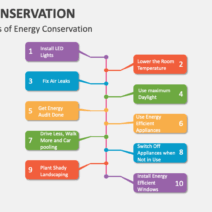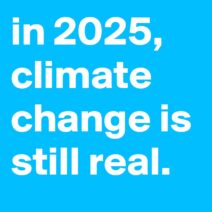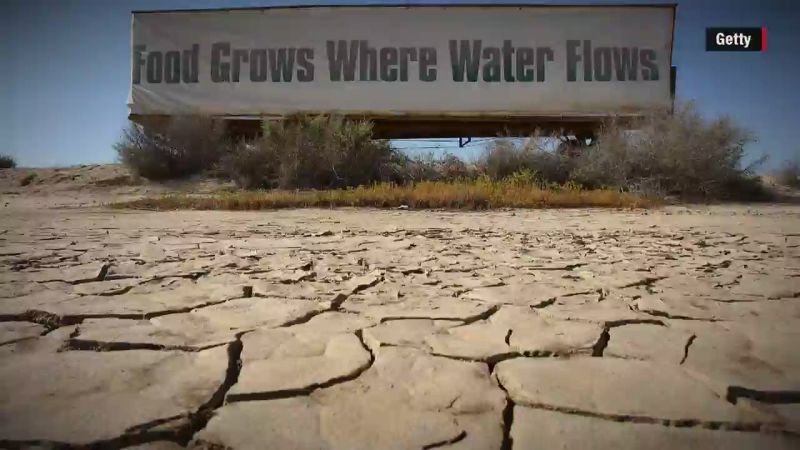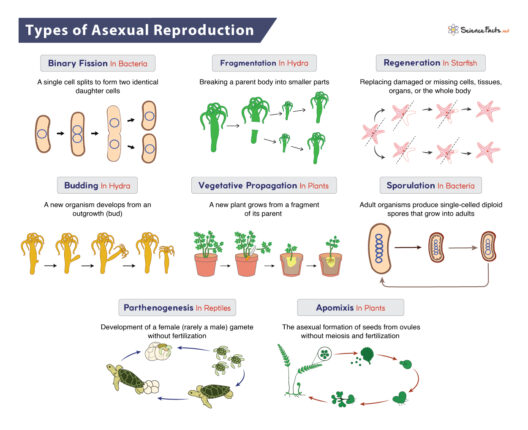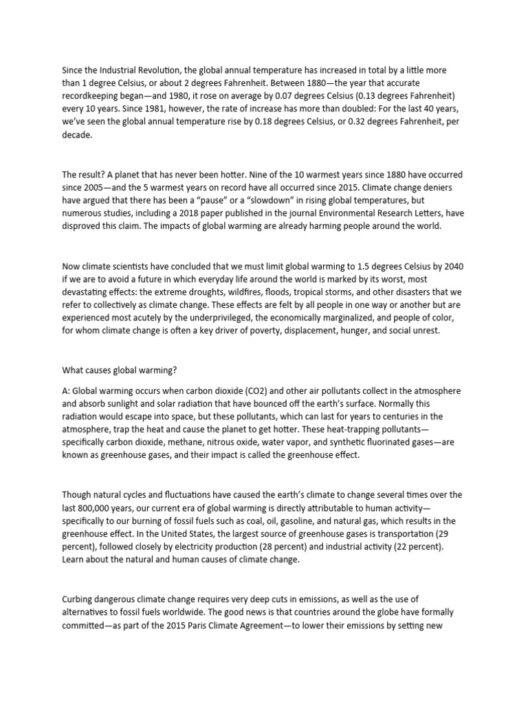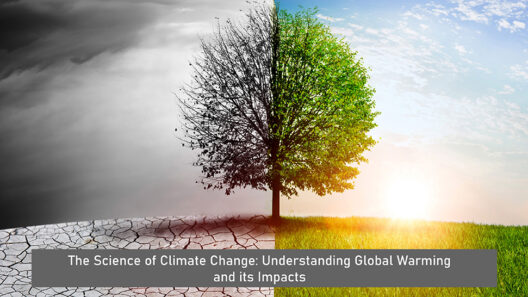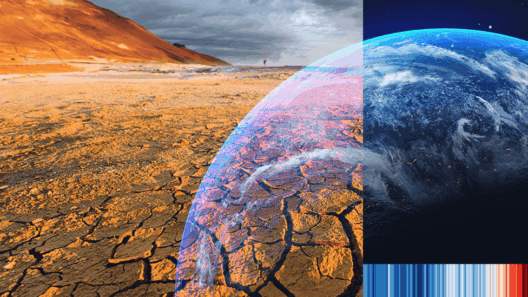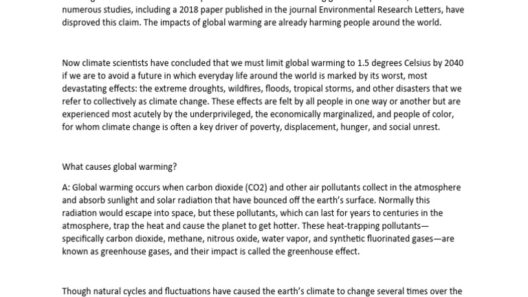Over the last fifteen years, the global climate landscape has undergone profound transformations, marked by escalating temperatures, shifting weather patterns, and decreased ice mass. The deluge of data compiled during this period sheds light on the alarming consequences of anthropogenic activities and the natural variability of the climate system. As we delve into the nuances of climate change trends, it becomes apparent that this epoch not only serves as a chronicle of impending environmental challenges but also stands as a pivotal moment in redefining our responses to global warming.
Firstly, let us examine the empirical evidence of rising global temperatures. According to climatological data, the last 15 years have consistently placed the planet in a warming trend, with each of the past decade’s years among the top ten hottest since record-keeping began. This phenomenon is not an isolated occurrence; rather, it is symptomatic of a long-term trajectory. The Intergovernmental Panel on Climate Change (IPCC) has unequivocally stated that human activities—predominantly fossil fuel combustion, deforestation, and industrial processes—are the primary catalysts behind this temperature escalation.
The effects of this warming are multifaceted. One stark illustration is the melting of polar ice caps and glaciers, particularly in the Arctic region. The Arctic sea ice extent has reached record lows, with data indicating a reduction of approximately 40% since the late 1970s. This not only endangers polar ecosystems but also contributes to rising sea levels, threatening low-lying coastal communities. The implications extend to global weather patterns as well; severe weather events, ranging from hurricanes to droughts, have been increasingly attributed to climate change. These consequences create a ripple effect, impacting ecosystems, economies, and human health across the globe.
Moreover, the phenomenon of ocean acidification has emerged as a critical concern. As the oceans absorb excess carbon dioxide, their pH levels decline, posing a severe threat to marine life, particularly shellfish and coral reefs. The degradation of these crucial ecosystems undermines marine biodiversity and jeopardizes the livelihoods of millions who rely on fisheries for sustenance. The last fifteen years serve as a clarion call, warning of an impending crisis if the current trajectory of greenhouse gas emissions continues unabated.
Beyond mere statistics and alarming trends, this period also marks a shift in public discourse surrounding climate change. As scientific evidence mounts, societies worldwide are increasingly cognizant of their ecological footprints. Grassroots movements and non-governmental organizations have emerged as formidable advocates for policy change. The youth climate strikes, ignited by passionate activists, have galvanized public sentiment, demanding immediate action from governments and corporations alike. This collective consciousness is imperative—not only does it foster accountability, but it also amplifies the urgency for a transition to renewable energy sources and sustainable practices.
The economic landscape is shifting as well. The last fifteen years have witnessed a significant uptick in investments directed towards renewable energy technologies. Solar and wind power have experienced exponential growth, with costs plummeting due to technological advancements and increased production efficiency. This paradigm shift illuminates the stark truth: renewable energy is not merely an alternative, but a viable pathway toward mitigating climate change impacts. By transitioning away from fossil fuels, nations can not only reduce their carbon emissions but also foster job creation in burgeoning green sectors.
In parallel, governments are faced with the pressing need to implement robust climate policies. International accords, such as the Paris Agreement, exemplify a collective commitment to limit global warming to well below 2 degrees Celsius above pre-industrial levels. However, the efficacy of these initiatives hinges on the political will to honor commitments and enact substantive legislation. The last decade has shown that while commitments are made on paper, actual progress often lags far behind. The challenge remains significant: reconciling economic growth with environmental stewardship.
Furthermore, the role of technology cannot be overstated in this context. Innovations such as carbon capture and storage (CCS) offer tantalizing possibilities for curbing emissions from existing infrastructure. Additionally, advancements in sustainable agriculture, electric transportation, and smart grid technology have the potential to revolutionize energy consumption patterns. The interconnection of these technologies offers an optimistic glimpse into a future where economic development and environmental integrity are not mutually exclusive, but rather complementary objectives.
Yet, despite these strides toward amelioration, the urgency of the situation cannot be overstated. The last fifteen years have presented an opportunity to recalibrate our relationship with the planet, yet the window for meaningful action is narrowing. If we wish to avert catastrophic climate scenarios, a collective pivot towards sustainability, resilience, and innovation is non-negotiable. The ongoing challenge will be to integrate climate change considerations into the social, political, and economic frameworks that govern our lives.
In conclusion, the last fifteen years not only chronicle a time of unprecedented climatic upheaval but also present a clarion call for action and introspection. As we reflect upon the trends and insights gleaned from this period, it becomes paramount to recognize the interconnectedness of our global ecosystem. While formidable challenges lie ahead, they are counterbalanced by burgeoning opportunities for transformation. The path forward demands an unwavering commitment to sustainability, cooperation, and adaptive resilience, ensuring that the narrative of climate change shifts from one of despair to one of hope and possibility.
